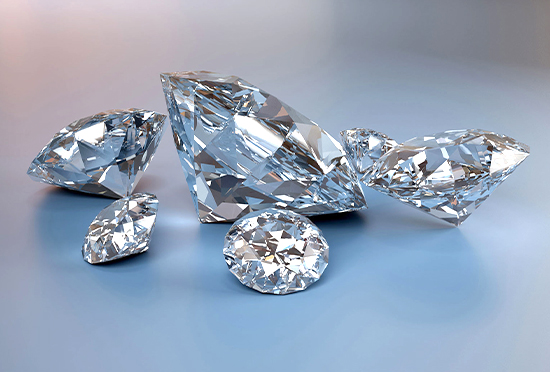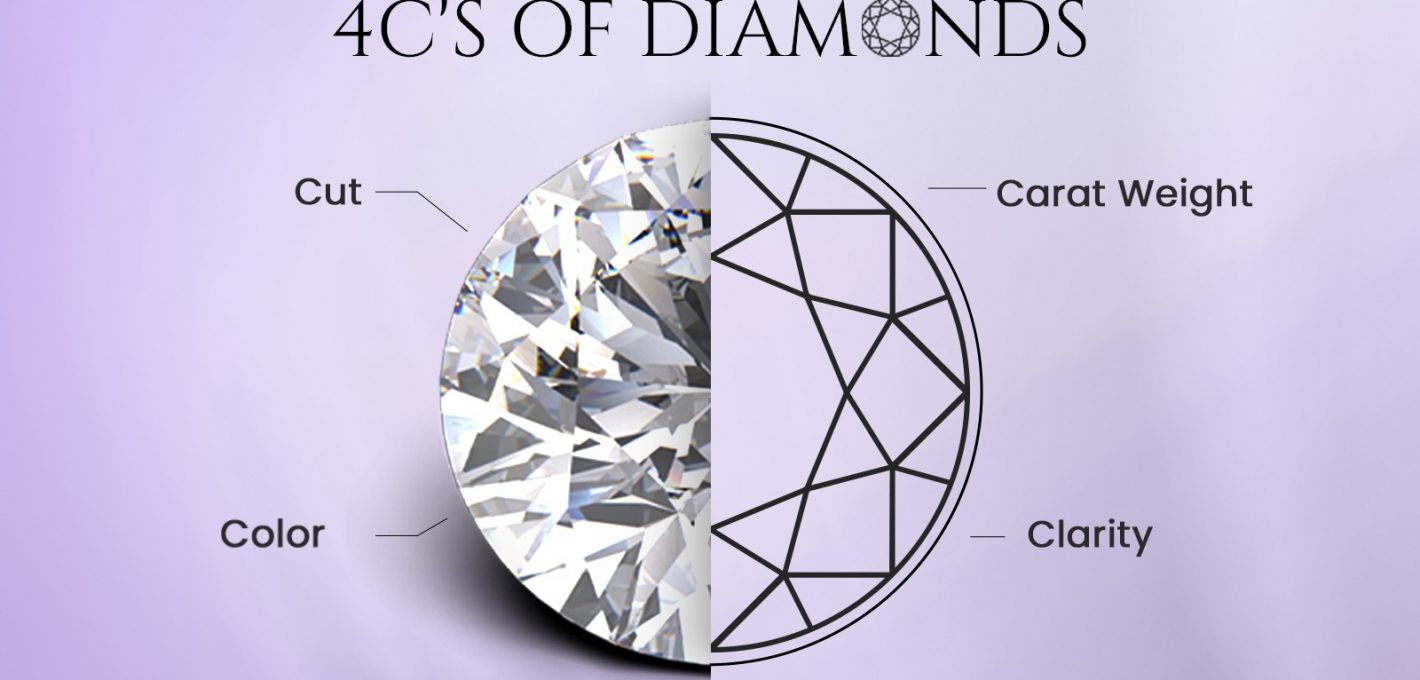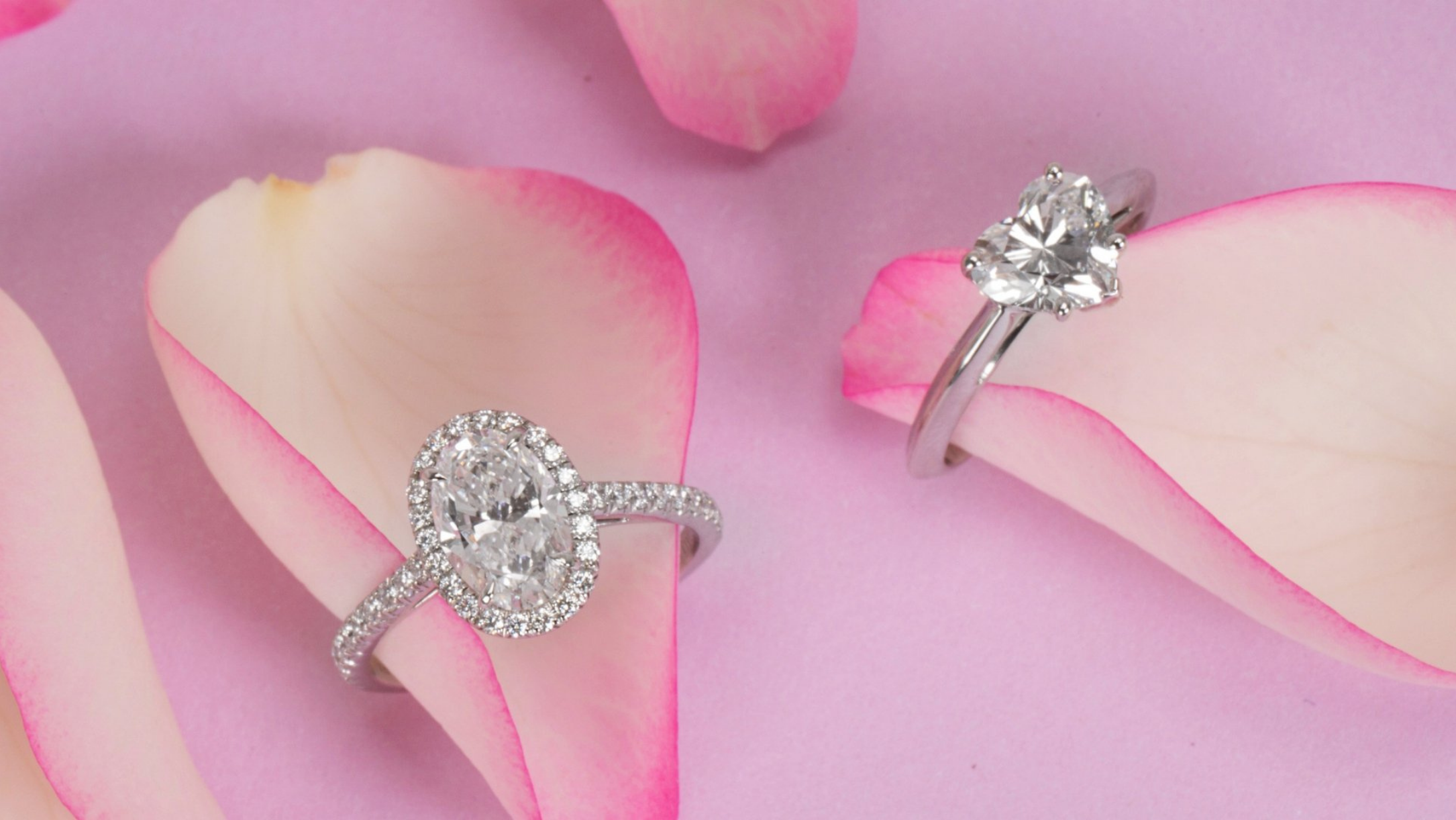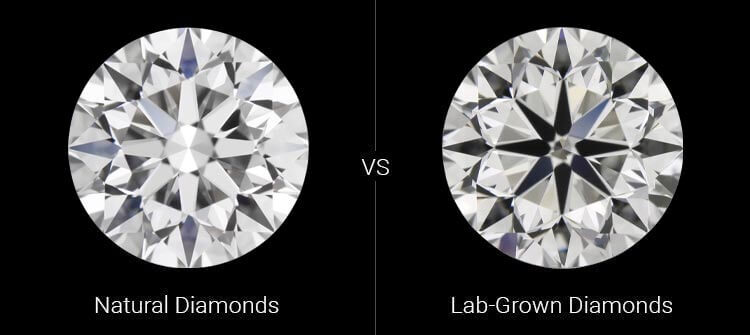What Are Lab-Grown Diamonds?
lab grown diamonds vs real that are created in a controlled laboratory climate using trend setting innovation. There are two essential strategies for producing lab-grown diamonds: High Tension High Temperature (HPHT) and Compound Vapor Testimony (CVD). The two strategies duplicate the regular circumstances under which diamonds form, resulting in stones that are synthetically and actually indistinguishable from normal diamonds. Lab-grown diamonds offer a sustainable and ethical option in contrast to customary diamond mining, with similar brightness and sturdiness as their regular partners.
What Are Real (Normal) Diamonds?
Real, or normal diamonds, are formed north of millions of years profound within the World’s mantle under outrageous tension and temperature conditions. These diamonds are extricated through mining, which involves removing earth and rock to get to the diamond stores. Regular diamonds arrive in various characteristics and characteristics, influenced by their special formation process. They are often connected with critical geographical and historical worth, and their unique case adds to their high market cost.
Key Contrasts Between Lab-Grown and Real Diamonds
Formation Process
The essential contrast between lab-grown diamonds and real diamonds lies in their formation process. Lab-grown diamonds are created in a laboratory using sophisticated innovation, which considers a controlled and effective creation process. Conversely, real diamonds are formed normally north of millions of years, making them a result of land processes. While the two sorts of diamonds share similar physical and compound properties, their origins distinguish them from each other.
Appearance and Quality
As far as appearance and quality, lab-grown diamonds and real diamonds are for all intents and purposes indistinguishable. The two sorts of diamonds can show a large number of colors, clearness, and cuts, and they have a similar splendor and fire. Lab-grown diamonds are evaluated using similar rules as regular diamonds, including the 4 Cs — cut, color, lucidity, and carat weight. Accordingly, customers can find lab-grown diamonds that match the quality and esthetics of normal diamonds.
Cost and Worth
One of the most eminent contrasts between lab-grown diamonds and real diamonds is their expense. Lab-grown diamonds are normally more affordable than regular diamonds because of the lower creation costs and the shortfall of mining costs. This cost distinction permits buyers to buy bigger or more excellent stones within their financial plan. Normal diamonds, then again, are often evaluated higher because of their unique case and the expenses related with mining and distribution.
Ethical and Natural Contemplations
Lab-grown diamonds offer a few ethical and ecological benefits over regular diamonds. Conventional diamond mining can have huge ecological effects, including living space obliteration, water contamination, and fossil fuel byproducts. Furthermore, a few normal diamonds are obtained from struggle zones, raising worries about human privileges manhandles. lab grown diamonds are created with minimal ecological effect and are liberated from the ethical worries related with struggle diamonds, making them a more sustainable and mindful decision.
Market Discernment and Resale Worth
The market impression of lab-grown diamonds versus real diamonds can contrast, with normal diamonds often being seen as more renowned because of their land extraordinariness. Subsequently, normal diamonds for the most part hold higher resale esteem compared to lab-grown diamonds. While lab-grown diamonds are gaining acknowledgment and fame, their resale worth might be lower since they are created in a controlled climate and are not quite so rare as normal diamonds.
Choosing Between Lab-Grown and Real Diamonds
While deciding between lab-grown diamonds and real diamonds, it’s important to think about your own inclinations, values, and spending plan. Lab-grown diamonds offer a savvy and ethical other option, with similar visual allure as normal diamonds. They are an amazing decision for the people who prioritize sustainability and an incentive for cash. Regular diamonds, with their extraordinary topographical origins and historical importance, might be liked by the people who look for a customary and renowned gemstone.
Conclusion
In conclusion, both lab-grown diamonds and real diamonds offer distinct benefits and characteristics. Lab-grown diamonds furnish a sustainable and ethical choice with equivalent quality and appearance to regular diamonds, often at a lower cost. Real diamonds, formed through regular processes, convey a feeling of extraordinariness and historical worth that can influence their market cost and resale esteem. Understanding the distinctions between lab-grown and real diamonds can assist you with making a decision that lines up with your qualities, inclinations, and spending plan, ensuring that your diamond buy is both meaningful and informed.











+ There are no comments
Add yours